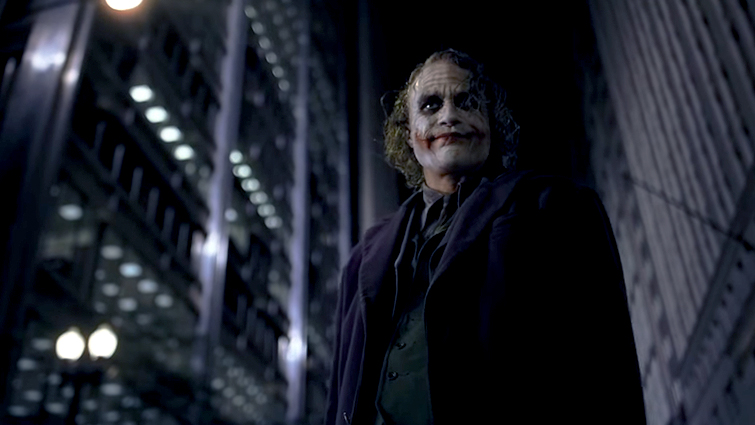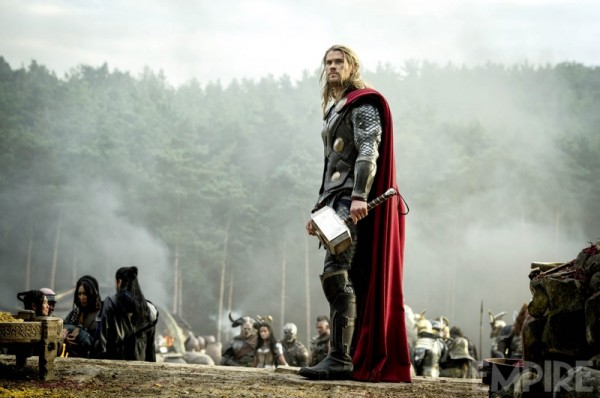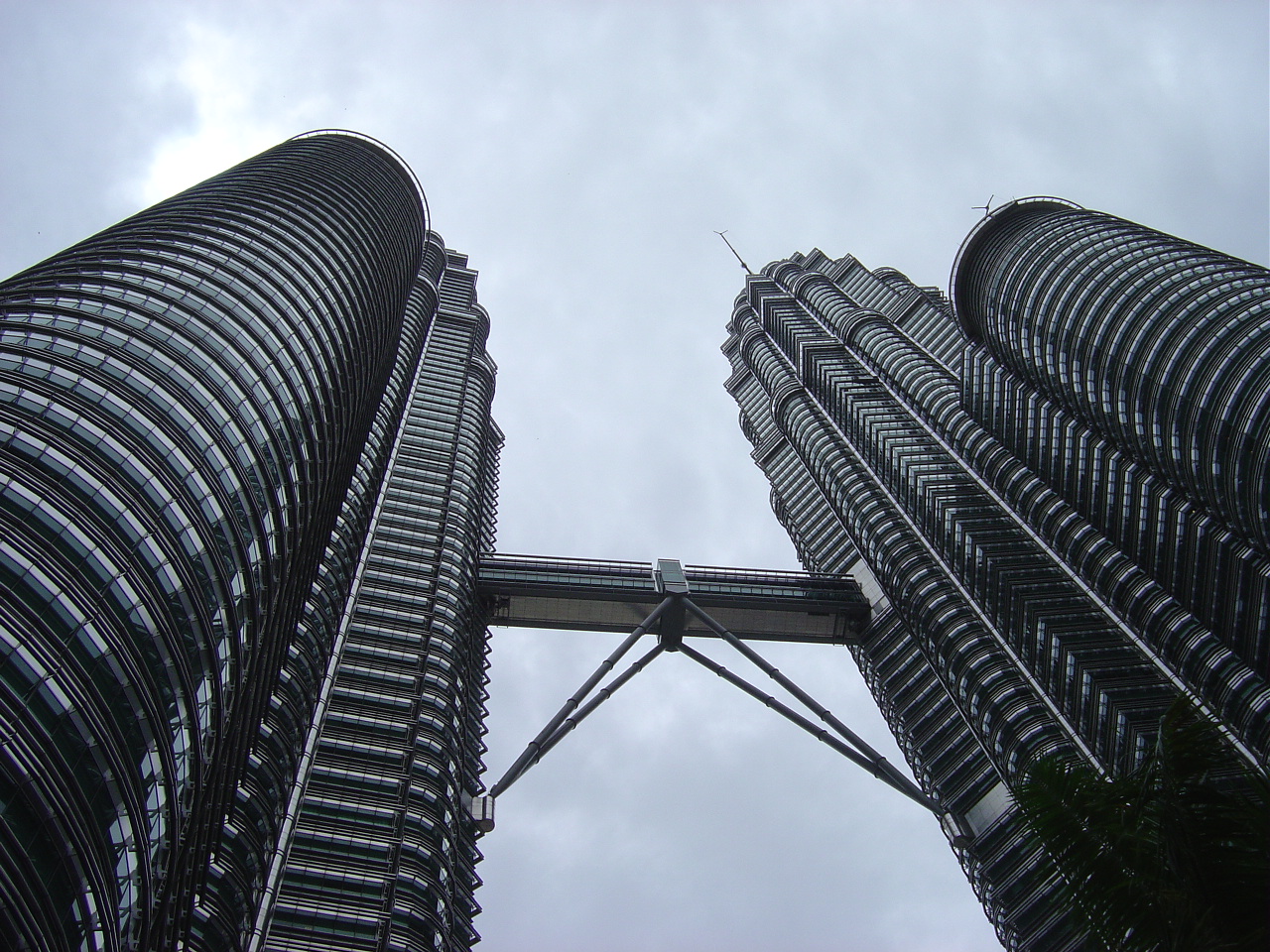Sunday, 17 September 2017
Saturday, 2 September 2017
Film clip analysis
Clip: Jaws
Genre: Thriller and Drama film (unintentionally a comedy film too)
We can see that Jaws is a thriller due to the occasionnal jump scares and the feeling of constant suspense throughout the film. This genre is also linked to the feeling of anxiety, excitement and anticipation which is definitely seen. However, there are many scenes that viewers find amusing which was unintentional by the directors of the film. Therefore, it is debatable whether this film is considered a comedy or not.
Camera shots:
In this scene, a high angle is used looking down on the character Matin Brody to show him throwing some bait into the water. The shark is in clear view coming up behind him. This adds suspense as we as the viewer can see this but the character cannot meaning that the character is in the unknown for a couple of seconds. The music in the background adds to this suspense as it suddenly begins as the shark appears behind him. Furthermore, there is a mid-long shot of the two characters on the boat which then turns into a low angle shot. This shot is used to show the character looking out into the distance which creates a dramatic effect. A point-of-view shot is also used when the characters are looking out into the distance and see the shark swimming towards them. This croates anticipation for us as an audience because we dont know what will happen next or what the next move the characters will make is. This shot helps us to understand more of what they're feeling as we can place ourselves in their situation more easily when seeing it from the point -of-view.The directors also use a mixture of a bird's eye view shot from above and use this to make the planning movement following the shark. This further croates suspense as we can see the great size of the Shark compared to the characters in this part of the scene, creating a sense of danger.
Camera movements
Camera movements
Pan:
Panning is when you move the camera horizontally while its base is fixed on a certain point. You are not moving the position of the camera itself, just the direction it faces. This could be used to show someone moving away and out of the camera shot.
Track:
A tracking shot is any shot where the camera moves alongside the object it is recording. This could be used to show the point of view of a person moving alongside another.
Tilt:
The tilt camera movement involves moving the camera's lens up or down while keeping its horizontal axis. This could be used to show the grand scale of a large object for example, a building.
This camera movement is where the camera changes focus within a shot. This could be used when showing a character hiding for example if they are creeping up on another in an action film.
Crane:
a crane shot is a shot taken by a camera on a moving crane or jib. This shot can be used to show a much larger and higher up angle.
Aerial:
A shot taken from a device up in the air. This could be used to show more of a bird's eye view of the surroundings.

Zoom in:
To increase how big something or someone appears on the screen gradually. This could be used to add a more intense feeling.
Zoom out:
Decreasing the size of something in a shot. This could be used to give a sense of departure or the end of the film.
Whip pan:
A whip pan is a type of shot in which the camera pans so quickly that the picture blurs into streaks.
Handheld:
This is a technique in which a camera is held in the camera operator's hands as opposed to being mounted on a tripod or other base. This may be used to give more freedom within the motion of the shot meaning the director is more free to do what they want when it comes to motion.
Dolly:
The technique or zooming in or out on the subject while keeping the subject the same size in the frame. It is computer generated and can be used to show the emotion of shock for a character.
Steadicam:
Steadicam is a type of camera that mechanically isolates the director's movement, allowing for a smooth shot, even when the camera moves over an irregular surface.
Camera shots
Camera Shots
Extreme close up:
 This shot is very close to the object being filmed, only showing the small details for example, somebody's eyes. This type of shot is traditionally used in film to allow the viewer to understand certain characteristics and emotions about the character that would otherwise go unnoticed from further away. This view can be used to make the feelings that the character is experiencing more intense and can often allow the viewer to make more of a connection with, the character.
This shot is very close to the object being filmed, only showing the small details for example, somebody's eyes. This type of shot is traditionally used in film to allow the viewer to understand certain characteristics and emotions about the character that would otherwise go unnoticed from further away. This view can be used to make the feelings that the character is experiencing more intense and can often allow the viewer to make more of a connection with, the character.
Big close up:

This is full head height meaning that the head takes up the entire screen. It usually contains little or no background which is good to show emotion on the character's face, helping the viewer of the film or clip to understand and possibly sympathise with their emotion. Like the extreme close up shot, it can be used to intensifies emotion as the shot is unnaturally close to the person's head.
Close up:
 This is a shot taken of a person from just above the head to the top of the upper chest. It can also be used to film an object at close range. It usually contains little or no background and can be used to introduce a character. Furthermore, it allows the character to show emotion an it can also be used to make the scene more tense for the viewer. (see video to the left)
This is a shot taken of a person from just above the head to the top of the upper chest. It can also be used to film an object at close range. It usually contains little or no background and can be used to introduce a character. Furthermore, it allows the character to show emotion an it can also be used to make the scene more tense for the viewer. (see video to the left)
Mid shot:
This shot shows part of the object or person in more detail, while still showing enough for the viewer to feel as if they were looking at the whole picture. This is approximatley how you would see a person "in real life". You wouldn't be paying any attention to their lower body in a possible conversation, so that part of the picture is unnecessary and therefore cut out of the shot. The mid shot is used when the subject is speaking without intense emotion. It also works well when there is a person is delivering some kind of information, which is why it is often used by news presenters.

Mid-long shot:
A Mid-long shot of a person would show their head and body above the knees so that a bit of the surrounding context would also be visible. This also mimics how someone may see another in real life when talking to them socially.
This shows the whole person and other characters, but the background dominates the shot. This allows the viewer to understand the relationship between the characters and their environment.
Extreme long shot:
This shows the landscape of the film or a character that is barely visible in the distance of a background. This gives information to the viewer about where the action is to take place. It often sets the atmosphere for a film and can make it feel more tense or build up the tension.

Point-of- view shot:
A shot showing something happening from one of the perspectives of a character. A director may choose this particular shot to show different portrayals of an event by different characters in order to help the viewers to understand the characters more.
Worm's eye view shot:
This shot is a view of an object from below, as though the person viewing it were a worm. It is the opposite of a bird's-eye view. A director may use this shot to show the grand scale of an object for example a building.
Bird's eye view shot:
This shot is an overhead camera shot taken as if the viewer of the shot is a bird. it is the opposite to a worm's eye view shot and a director may use this to show a dramatic fall of a character or object of some sort. It could also be used as a kind of point-of-view shot if there is a character flying overhead somehow e.g. plane.

Aerial:
A shot taken from an device up in the air for example a plane while it is often moving. The main source of light is behind the subject, silhouetting it, and directed toward the camera.

Crane:
a crane shot is a shot taken by a camera on a moving crane or jib.

High angle:
Where the camera looks down on the subject from a high angle. High-angle shots can make the subject seem vulnerable or powerless when applied with the correct mood, setting, and effects.

Low angle:
A shot taken from below the subject which may be used to make the character seem more important , as if the audience are looking up at the subject.

Subscribe to:
Comments (Atom)
Evaluation of 'The Confrontation' Overall, I feel that our confrontation piece went well because we all worked well a...
-
Camera Shots Extreme close up: This shot is very close to the object being filmed, only showing the small details for example, somebo...
-
Camera movements Pan: Panning is when you move the camera horizontally while its base is fixed on a certain point. You are not mo...



